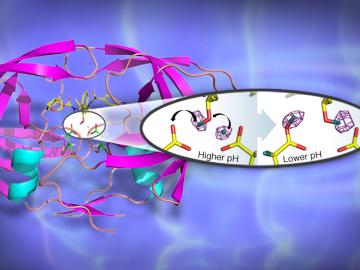
Filter News
Area of Research
- (-) Clean Energy (168)
- (-) Materials (122)
- Advanced Manufacturing (5)
- Biological Systems (1)
- Biology and Environment (102)
- Biology and Soft Matter (4)
- Building Technologies (2)
- Chemical and Engineering Materials (3)
- Chemistry and Physics at Interfaces (7)
- Climate and Environmental Systems (7)
- Computational Biology (1)
- Computational Chemistry (5)
- Computational Engineering (1)
- Computer Science (3)
- Data (1)
- Earth Sciences (1)
- Electricity and Smart Grid (1)
- Energy Frontier Research Centers (7)
- Fuel Cycle Science and Technology (2)
- Functional Materials for Energy (8)
- Fusion and Fission (32)
- Fusion Energy (7)
- Geographic Information Science and Technology (1)
- Isotopes (21)
- Materials for Computing (13)
- Materials Synthesis from Atoms to Systems (8)
- Materials Under Extremes (7)
- National Security (45)
- Neutron Data Analysis and Visualization (2)
- Neutron Science (72)
- Nuclear Science and Technology (27)
- Quantum Condensed Matter (3)
- Quantum information Science (4)
- Renewable Energy (2)
- Sensors and Controls (2)
- Supercomputing (153)
- Transportation Systems (4)
News Type
News Topics
- 3-D Printing/Advanced Manufacturing (25)
- Advanced Reactors (3)
- Artificial Intelligence (5)
- Big Data (2)
- Bioenergy (11)
- Biology (4)
- Biomedical (4)
- Biotechnology (1)
- Buildings (11)
- Chemical Sciences (8)
- Clean Water (5)
- Climate Change (8)
- Composites (3)
- Computer Science (13)
- Coronavirus (6)
- Cybersecurity (6)
- Decarbonization (15)
- Energy Storage (22)
- Environment (23)
- Exascale Computing (1)
- Fossil Energy (1)
- Fusion (2)
- Grid (13)
- High-Performance Computing (3)
- Isotopes (6)
- Machine Learning (2)
- Materials (24)
- Materials Science (20)
- Mathematics (2)
- Mercury (1)
- Microelectronics (1)
- Microscopy (8)
- Nanotechnology (9)
- National Security (1)
- Net Zero (1)
- Neutron Science (11)
- Nuclear Energy (11)
- Partnerships (5)
- Physics (11)
- Polymers (4)
- Quantum Computing (1)
- Quantum Science (1)
- Security (4)
- Simulation (1)
- Space Exploration (2)
- Summit (3)
- Sustainable Energy (15)
- Transformational Challenge Reactor (2)
- Transportation (19)
Media Contacts
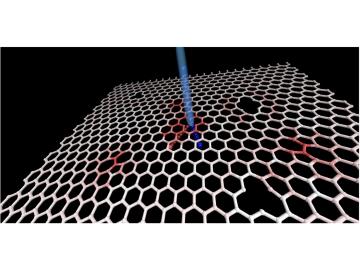

As a boy growing up in China, Xiaobing Liu knew all about Oak Ridge and the World War II Manhattan Project. He had no idea that he would one day work at DOE’s Oak Ridge National Laboratory, the Secret City’s successor. Liu is a lead researcher in geothermal heat pump (GHP) techn...
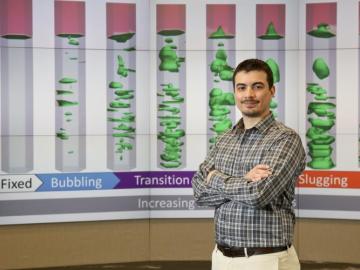
Just a few years ago, Emilio Ramirez spent his days operating and adjusting settings to optimize thermal performance at a Central California bioenergy power plant. Ramirez, a California native who is now a University of Tennessee doctoral candidate working with the Department of Energy's Oak Ridg...
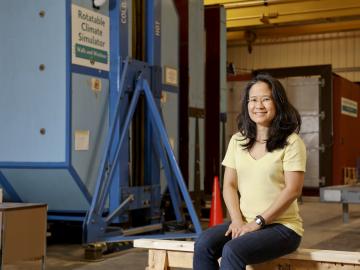
When Diana Hun left her home in Panama City, Panama, to attend school at the University of Texas in Austin, she knew she wanted to be an engineer. Exactly which branch of engineering to pursue was not quite as straight-forward. Hun studied both mechanical and electrical engin...
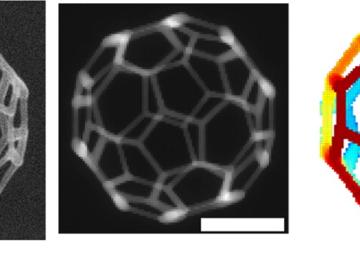

Sitting in the driver’s seat comes naturally to Ron Graves, the recently retired head of Oak Ridge National Laboratory’s sustainable transportation program. Graves has logged more than 100 days on national racetracks like Daytona, Road Atlanta, and Pocono where he routinely reache...
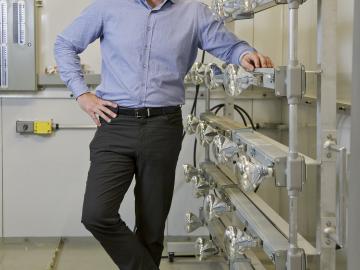
A scientist that sings opera and performs in musical theater? Sure. If you're a Renaissance Man like Simon Pallin. Pallin is a researcher in Oak Ridge National Laboratory’s Buildings Technologies Research & Integration Center. But his early interests and activities reveal a versatile person that could have chosen a number of occupations.

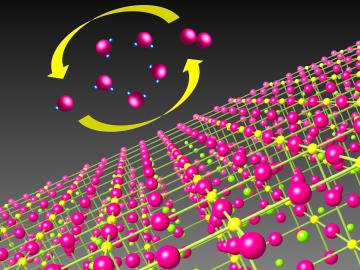
Catalysts make chemical reactions more likely to occur. In most cases, a catalyst that’s good at driving chemical reactions in one direction is bad at driving reactions in the opposite direction. However, a research team led by the Department of Energy’s Oak Ridge National Laboratory ...
